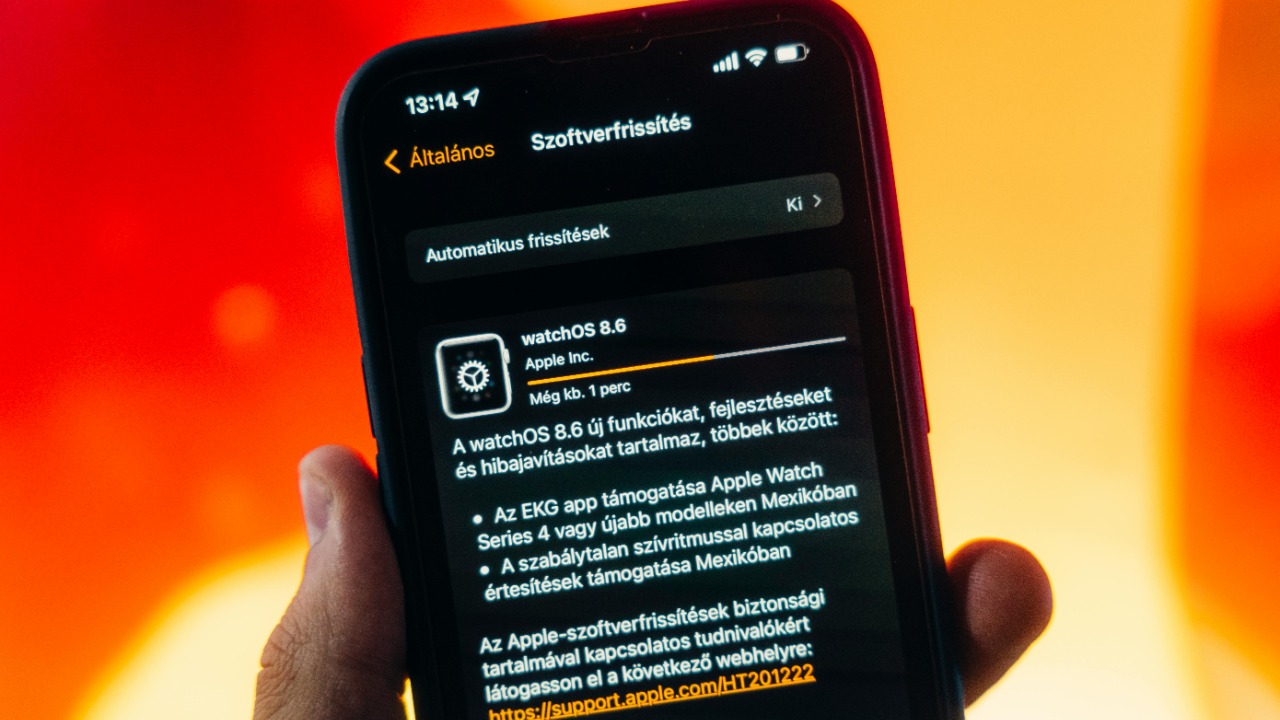
Each time you update your smartphone, you may be agreeing to more than just improved performance or new features. Hidden within the lengthy terms and conditions are agreements that may compromise your privacy or security. The potential dangers you unknowingly consent to when you hit “agree” can have significant impacts on your digital life.
Understanding the Fine Print

Lengthy Terms and Conditions
Most users are familiar with the practice of quickly scrolling through the terms and conditions and hitting “agree” without a second thought. These documents are notoriously lengthy and filled with complex legal jargon, designed in a way that often discourages thorough reading. This leads to uninformed consent, where users are unaware of the full scope of what they are agreeing to when they update their smartphones.
Legal and Privacy Implications
These terms often include clauses that grant companies the right to access a user’s personal data, sparking significant privacy concerns. While some access is necessary for the functionality of apps and services, many agreements go beyond what is essential, allowing companies to collect and store vast amounts of personal information.
Case Studies of Overreach
There have been numerous instances where companies have overstepped their boundaries, leading to legal challenges and public backlash. For example, Apple’s controversial decision to scan user photos for illegal content led to widespread concern about privacy invasion. Such cases highlight the need for users to be more discerning about the permissions they grant when updating their devices.
Data Privacy and Security Risks

Access to Personal Information
Updates often grant apps or the operating system access to sensitive data such as location, contacts, and messages. This access is generally justified as necessary for providing personalized services, but it can also open the door to potential misuse. Users often remain unaware of just how much of their personal information is being collected and stored.
Potential for Data Breaches
As companies collect more data, the risk of this information being compromised in a security breach increases. Data breaches can expose users to identity theft, financial loss, and other serious consequences. The more data a company holds, the more attractive it becomes to cybercriminals.
Third-Party Sharing
Another significant concern is the sharing of user data with third-party companies, sometimes without explicit consent. This practice can lead to unwanted marketing, targeted advertising, and even the sale of personal data to less scrupulous entities.
The Psychological Impact of Constant Updates

Anxiety and Dependency
The continuous cycle of updates can create feelings of anxiety and dependency among users. The pressure to keep up with the latest software to ensure security and access to new features can be overwhelming. This never-ending cycle can lead to a sense of fatigue and stress.
Decision Fatigue
The need to constantly make decisions about whether to update can contribute to cognitive overload. Users are bombarded with notifications and reminders, leading to what psychologists call decision fatigue, which can impact overall mental well-being.
Social Pressure and FOMO
Social pressure and the fear of missing out (FOMO) further exacerbate the issue. Users feel compelled to update in order to stay current with friends and peers who have already adopted the latest features. This can create a cycle of unnecessary updates driven more by social influences than actual need.
Balancing Benefits and Risks

Advantages of Updating
Despite the risks, updates do offer significant benefits. They often include security improvements and bug fixes that enhance a device’s functionality. New features can improve user experience and productivity. A balanced approach to updates is essential to maximize these benefits while minimizing risks.
Strategies for Safe Updating
Users can take steps to make informed decisions about updates. Reading reviews, understanding permissions, and staying informed about privacy settings can help. It’s also wise to delay updates until potential issues have been identified and resolved by the community.
Weighing Pros and Cons
Ultimately, users should weigh the pros and cons of updating their devices. While updates are necessary for optimal security and performance, it’s crucial to be aware of the potential privacy trade-offs involved.
Public Opinion and Industry Trends

Diverse Perspectives
The conversation around phone updates is complex, with diverse opinions from tech enthusiasts, privacy advocates, and everyday users. Some argue for the necessity of regular updates, while others voice concerns over privacy and security implications.
Industry Responses
In response to growing privacy concerns, many companies are adopting more transparent policies and offering clearer information about data usage. They are also implementing advanced security measures to protect user data and build trust with their customers.
Future of Software Updates
Looking ahead, the industry is likely to evolve towards more user-friendly update processes. Companies may prioritize transparency and provide users with more control over their data. The goal will be to strike a balance between technological advancement and user privacy.